


Numerous web sites, Official Blondie Web Site, Blondie At My Space, Rock And Roll Hall Of Fame - Blondie, Rolling Stone - Discography of Blondie, & Starpulse - Blondie were quite helpful in preparing my tribute to Blondie. Please click on the hyperlinks to enjoy these web sites.
Inducted, Deborah Harry (vocals; born July 1, 1945), Clem Burke (drums; born November 24, 1955), Jimmy Destri (keyboards; born April 13, 1954), Nigel Harrison (bass; born April 24, 1951), Frank Infante (guitar; born November 15, 1951), Chris Stein (guitar; born January 5, 1950), Gary Valentine (bass; born December 24, 1955) into the prestigious Rock and Roll Hall of Fame in 2006, as performers, on March 13th, at the Rock and Roll Hall of Fame’s 21st annual induction dinner. Shirley Manson, of Garbage, is their presenter.
Blondie emerged as the great pop icons of
Striking a balance between edginess and catchiness, Blondie enjoyed hit records and artistic credibility - a best-of-both-worlds situation that few others (the Police, The Cars and Talking Heads come to mind) pulled off in that era. Blondie could number Robert Fripp and David Bowie among their pals, and they fearlessly dabbled in such genres as reggae, rap, disco and a touch of the avant-garde. Yet they also maintained ties to the tuneful, ear-catching Sixties pop aesthetic.
Blondie’s origins lay in the glam-rock era of the early Seventies, when David Bowie, the New York Dolls and Lou Reed were jolting the rock scene with sexual ambiguity and campy behavior. In 1973, Harry - who’d worked as a Playboy bunny and tended bar at Max’s
The band played the fabled
In the summer of 1977, they released their second album, Plastic Letters, and toured Europe and
Someone forgot to tell Blondie that New Wave bands weren’t supposed to have hit records. Their conquest was no minor feat, as it meant overcoming music-industry wariness about punk and New Wave, which challenged the established order. Blondie seemed more accessible than some of their radical colleagues, since they drew upon Sixties subgenres - girl-group pop and garage-rock - that had a still-familiar ring. At the same time, they spiked their songs with New Wave freshness, vibrancy and attitude. In so doing, Blondie helped usher in a changing of the guard.
One of the most popular bands of the New Wave era, Blondie hit the scene with visually arresting front woman Deborah Harry, a former Playboy Bunny. Her bleached-blond hair and full, pouty lips made her look the part of a new age Marilyn Monroe with a hint of punk hauteur (which paved the way for Madonna’s more risqué approach). “Looks have been one of the most saleable things ever,” Harry told journalist Karen Davis. “When I woke up to that, mine helped a lot.” Blondie’s striking visual image was bolstered by hooky, retro-chic pop tunes and canny art-rock leanings.
In the summer of 1978, Blondie is joined onstage at CBGB by Robert Fripp (of King Crimson) for an impromptu run-through of Donna Summer’s “I Feel Love.” The gesture presages their arty embrace of disco with “Heart Of Glass” in the coming year.
In September 1979, the band's fourth album, Eat to the Beat, was released, along with the first-ever album-length video. Before year's end, Blondie continued their chart presence in the
“We really tried to vary our music and not mimic ourselves,” Harry told Billboard. “We tried to be a little daring.” That venturesome spirit was further evident on Eat to the Beat (1979) and Autoamerican (1980). The latter album took a wide-angle view of popular music, and their fearless cross-pollination earned them two more chart-toppers: “The Tide Is High” (originally by
The fifth Blondie album, Autoamerican, produced the #1
The band produced The Hunter in 1982, which included the single "
Debbie went on to appear in numerous films and plays and to create music in various contexts. In recent years she has been the featured vocalist of the Jazz Passengers. Jimmy left music for a while to become a family man and contractor. Chris produced various bands in
On June 28, 1990: The Ramones, Deborah Harry, and Talking Heads alums Jerry Harrison and the Tom Tom Club kick off their “Escape from
No Exit was a perfect, up-to-date evolution of Blondie - a great collection of perfectly crafted pop songs. The trademark elements were still there: that perfect, propulsive beat; Debbie's unmistakable voice, seductive, soulful yet ironic; atmospheric keyboards, sometimes lush, sometimes eerie; and brilliantly articulated guitar lines. It was an auspicious return, highlighted by the hit "Maria," which went to #1 in 14 countries. On February 13, 1999, “Maria,” enters the
Blondie's Live By Request CD and DVD came out on September 14, 2004, and the band released their Greatest Hits: Sight and Sound CD/DVD in the
In 2008, EMI will celebrate the 30-year anniversary of Blondie's Parallel Lines with a re-release of the iconic album that gave the band their first #1 hit in the U.S., "Heart Of Glass," and went on to sell over 20 million copies - an extraordinary feat achieved only by an elite club of artists. The reissue contains all the original classic tracks, along with instrumental versions, some vintage recordings previously available only on vinyl, plus exclusive video content. The timeless band that broke records and crossed boundaries with their unique style and music will hit the road again for a tour that will take them across the
Blondie is currently on tour, world wide. Go to the Official Blondie Web Site for details.
Main Releases
Parallel Lines: Deluxe Collector's Edition - 2008
Remixed Remade Remodeled: The Blondie Remix Project - 2006
Blondie: The Rhapsody Interview - 2006
Greatest Hits: Sound & Vision - 2006
The Best Of Blondie - 2005
Live By Request - 2004
Singles Box - 2004
The Curse Of Blondie - 2004
Best of Blondie [Collectables] - 2003
Greatest Hits - 2002
Exodus - 2002
Eat to the Beat [Bonus Tracks] - 2001
Blondie Is the Name of a Band - 2000
No Exit - 1999
Live in New York - 1999
Definitive Underground: Drum N Bass - 1999
Swing This, Baby!, Vol. 2 - 1999
Beautiful (Remix Album) - 1998
Picture This Live -1997
Denis - 1995
The Remix Project - 1995
The Platinum Collection - 1994
Blonde And Beyond: Rarities & Oddities - 1993
The Hunter - 1982
Once More Into The Bleach - 1980
Autoamerican - 1980
Eat To The Beat - 1979
Parallel Lines - 1978
Plastic Letters - 1977
Blondie - 1976
Blondie has a lot of quality songs, such as Call Me, Heart Of Glass, Maria, One Way Or Another, Rapture and The Tide Is High, among others…
Thanks, Blondie, for some great music…

















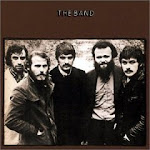



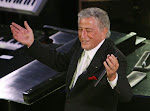














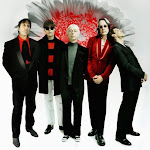
























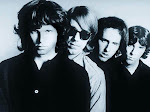





























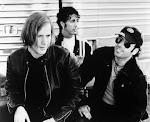

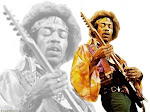









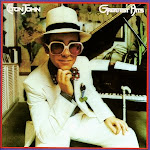




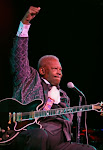


















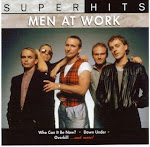%2B-%2BRock.jpg)

















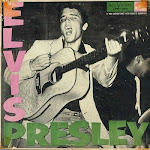



















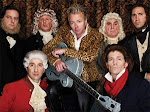




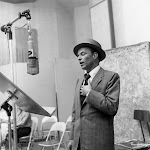















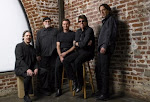




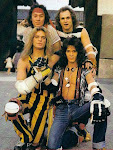











No comments:
Post a Comment